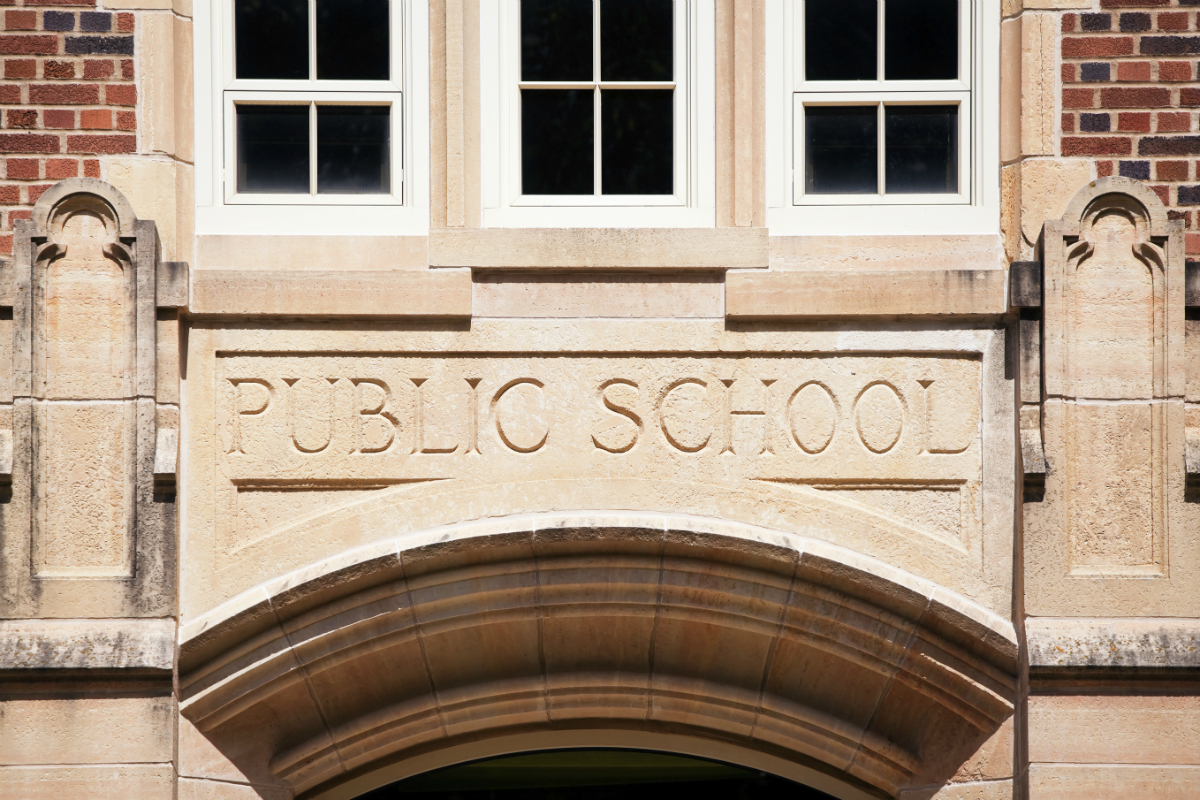President Joe Biden on March 11 signed a historic $1.9 trillion relief package H.R.1319, known as the American Rescue Plan, that includes $128 billion for K-12 education, $7 billion for an Emergency Connectivity Fund and $350 billion for state governments to fill their budget gaps.
California’s share of education funding is just over $15 billion in federal K-12 aid, with local educational agencies receiving about $13.5 billion directly. Of the remaining money, at least $753.4 million must be spent on addressing learning loss; $150.6 million each must be spent on summer enrichment and after-school programs; $376.7 must be spent on other state activities as determined by the state educational agency to “address issues responding to coronavirus”; and $75.3 million for state administration. The money must be spent by October 2023.
Nearly $122 billion will be distributed nationwide to school districts through the Title I formula, thereby targeting more funds to the country’s highest-poverty areas. Districts must use at least 20 percent of the federal funding to “address learning loss through the implementation of evidence-based interventions, such as summer learning or summer enrichment, extended day, comprehensive after-school programs, or extended school year programs, and ensure that such interventions respond to students’ academic, social and emotional needs and address the disproportionate impact of the coronavirus” on underserved student groups.
The remaining funds can also be used to address learning loss, as well as for a variety of purposes related to supporting pupil education and well-being, including to purchase personal protective equipment, providing educational technology, providing mental health services and supports, professional development, upgrading HVAC systems, and much more.
In addition, $800 million must be used to identify and support students who are homeless, and $2.75 billion is earmarked for governors to use for private schools, prioritizing those serving disadvantaged students and those most impacted by the virus.
Separately, nearly $3 billion is provided in additional aid for students with disabilities, including $2.6 billion in additional funding for state special education grants under the Individuals with Disabilities Education Act for this fiscal year, which ends Sept. 30. That is in addition to the roughly $12.9 billion in state grants for special education for this year in the regular federal budget.
Any LEA that receives these federal funds must develop and make public on its website a plan for the safe return to in-person instruction and continuity of services within 30 days of receiving their allocation. If an LEA has already created a safety plan, it can be used to satisfy this requirement.




